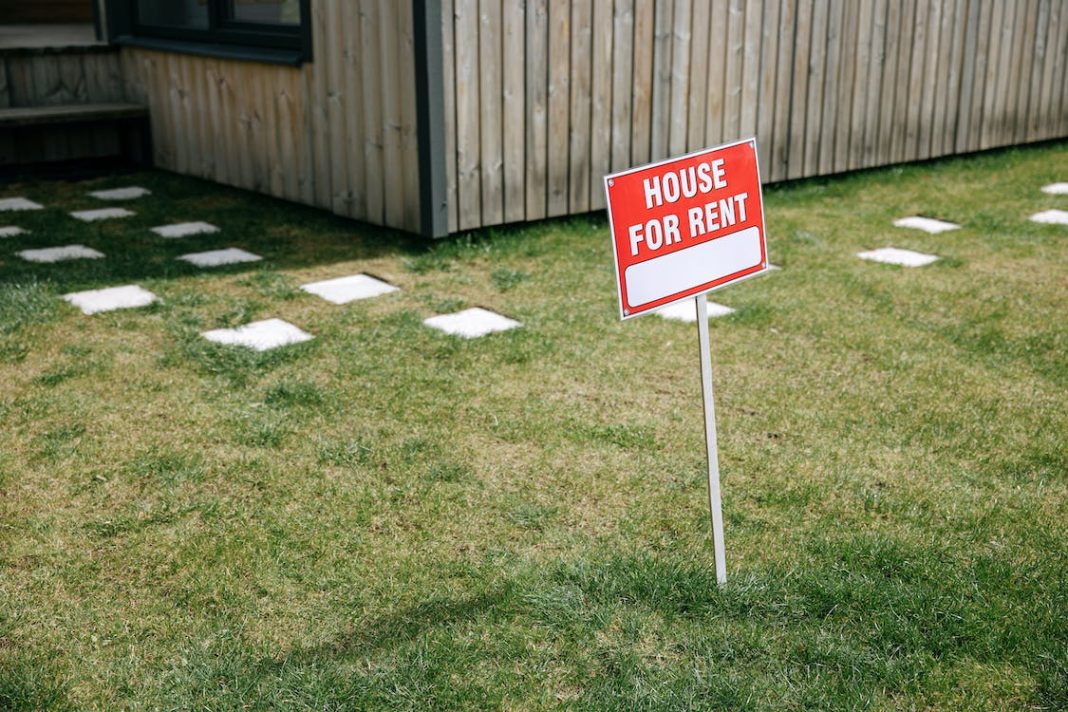Thinking of becoming an owner? Rent Your House can be a great way to add cash to your budget, whether you have the entire house or just an empty room. Maybe you just inherited your parent’s house, but have no intention of moving in. No matter what brought you here, you are wondering how to Rent Your House and we have the answer for you.
Step 1: Decide If Renting Is Reasonable
If you plan to invest in a rental property, you must pay cash for the house. If you can’t make a 100% deposit, don’t buy a house. It is very simple. Don’t rely on rent from roommates or tenants to cover your mortgage. Wait until you have the money to buy the whole house on your own, then buy the house.
Case 1: Free room rental
You might consider finding a roommate to help pay off your monthly mortgage or help you pay off your mortgage early. Before agreeing to a split, be honest about how much you tolerate living with other people and whether the extra payment is worth it.
Case #2: House for rent not for sale
Maybe you have to move because of work, family, or some other situation beyond your control. Maybe your home has been on the market for longer than expected and you’re starting to wonder if it’s better to rent out your home than to sell it.
Case #3: Inherited house rental
Losing a parent is not an easy thing. After all, homes come with memories and emotional connections. If the idea of selling your parents’ house is overwhelming, renting it out might be an option.
Step 2: Set Your Budget
If you’ve weighed the pros and cons and the balance is leaning toward your rental, it’s time to make a financial plan or budget. You may not want to rent out your home just for fun. Do you want to win some money? But like we said, being a homeowner is hard work and there are some costs you need to plan for before you can turn a profit.
Step 3: Research Rentals In Your Area
It doesn’t matter if it’s a spare bedroom, a garage, or an entire house, if you collect rent on real estate that you own, you own it. And there’s a lot more to this job than pocketing rent.
Step 4: Talk To Your Insurance Agent
It may seem like a no-brainer, but keep your insurance agent up to date on your rental plans. Even if you’re only renting a room in your insured home, you may need to increase the scope of your liability or require your new roommate to purchase rental insurance.
Step 5: Asset Management Planning
A pipe is leaking. A tenant lost his key and was locked out of the house at 2 am. A door fell off its hinges. A rat roams the pantry.
Step 6: Write A Tenancy Agreement
A quick web search for “lease to rent” will bring up millions of free templates you can use to write a deal. Reviewing the examples will help decide what you will and will not allow as an owner.
Step 7: Find And Select Potential Tenants
Once your attorney has approved your lease, all that remains is to find someone to sign the dotted lines.
Find tenants and Rental For Your House
Just as you have a property management plan (see Step 5), you will want a property marketing plan. No, that doesn’t mean you have to hire a fancy real estate or advertising agency. But it would help if you planned how to market your home and how it will appeal to potential tenants.
Tenant screening
You should have online applications and leases at your fingertips as soon as you post your property. The application must be accompanied by a form that gives you access to the candidate’s personal information, including:
Biodata information of tenants
Social Security Numbers for all adult tenants
Presenter
proof of income
Urgent contact details
Step 8: Choose A Tenant For Your House
It’s not as simple as choosing the kind couple who brought you cookies when they visited. Requests must be handled on a first-come, first-served basis to avoid violating anti-discrimination laws. You should consult your attorney or real estate agent during the decision-making process if you have several qualified candidates to choose from. Once you’ve accepted a tenant and they’ve accepted your property, it’s time to sign a lease. Congratulation! You have officially rented your home.
Step 9: Documents About Rental Space
Before a tenant moves into your home, you need to document the space. Take pictures of everything. Note any cracks in the wall or scratches in the wood. Before your tenants move in, go to them and ask them to document the space themselves. You both need to agree on the current state of the area and write down anything that might be considered spoilt, even if it’s small.












